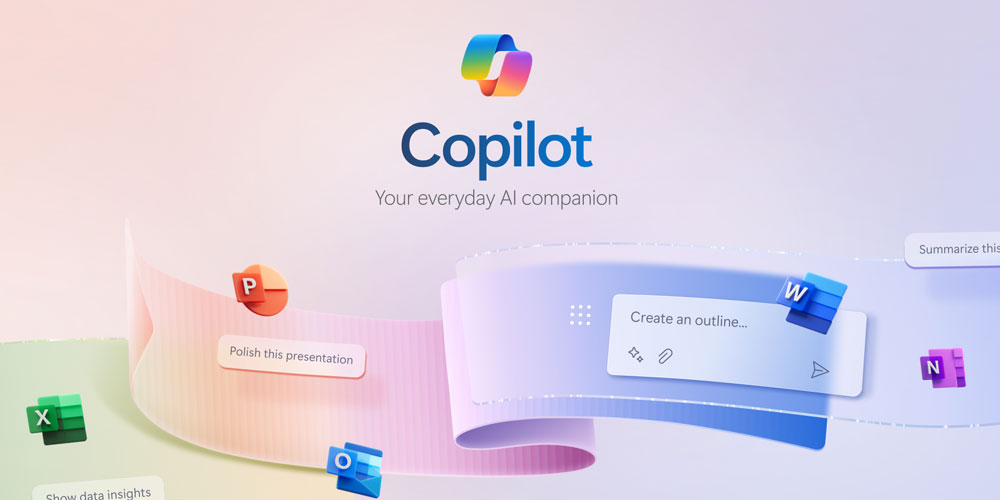2016 was widely considered the year of the Cloud in terms of adoption rates with 80-90% of all global enterprises moving to the Cloud in some form or fashion, but 2017 promises to be much more exciting as adoptions grow and real, innovative uses of the Cloud begin to come forward. Gartner predicts the worldwide Public Cloud services market to grow 18% in 2017 to $246.8 billion up from $209 billion in 2016. And by the end of 2017, half of all large enterprises are expected to have Hybrid Cloud deployments of their own. In India alone, Gartner claims that organizations are expected to invest a total of INR 233 billion on Cloud computing by 2017.
If your organization still has not moved into the Cloud, here are the top 6 reasons why right now is the best time to invest in Cloud technology solutions:
- Not adopting the Cloud is a competitive disadvantage: Everyone, around you, has already invested in and benefiting from the Cloud. In India, Infrastructure as a Service (IaaS) is currently the biggest priority for enterprises, with a 35% YoY growth rate. One in two Indian CIOs currently has Cloud computing as his/her top investment priority. Cloud is now a well-established platform, and the cost benefits are too big to be ignored.
As per HBR’s global survey, 40% respondents claimed that Cloud has helped them in increasing revenue, and 36% say it has improved profit margins.
As per a 2016 Business Continuity Study from IDC, 80% of small and midsize businesses worldwide experienced losses of INR 59 Lakhs in a single instance of downtime.
- Downtime is costly and needs to be avoided: Disaster Recovery and Business Continuity are two of the largest drivers for Cloud adoption. While the loss is much larger for large companies, the smaller organizations often succumb to the losses. Thus moving to a Cloud based system helps reduce downtime and ensure business continuity!
- Reduce organization cost: Moving to the Cloud can reduce cost to company significantly as you don’t need to invest capital in new IT equipment —either during implementation, or during subsequent upgrades. A survey by Computer Economics shows that organizations that moved most or all of their systems to the Cloud saw an average 15% reduction in IT spending. This reduction was not only from a reduction in data center spending but also in IT personnel costs. Overall, technology specialists do claim that the total cost of ownership for a Cloud-based solution can be 50 – 60% less than for traditional solutions over a 10-year period.
- Quicker deployment: With Cloud-based IT solutions, there are fewer work slowdowns during implementation, and there is no need to invest capital in upgrading your infrastructure. Cloud-based implementations can be up and running in as less as 4 to 8 months against 12 to 36 months for on premise solutions. Additionally, as Cloud launches require less internal support—in terms of both physical infrastructure and human resources—organizations typically experience little business disruption during implementation.
- Scale your business accordingly: Businesses with a traditional infrastructure fail to scale their business resources quickly. They would either have to invest in them previously and reserve them or waste precious time for new additions. In a Cloud solution, on the other hand, one can scale the resources – up or down – as per business requirements to reap maximum benefits.
- Business mobility: The market today is too competitive and one cannot afford to not have the right information at any given point. Cloud solutions enables one to work ‘anywhere, anytime’ helping employees and businesses to improve their efficiency.
Cloud Computing is transforming the business landscape. Organizations that will not take advantage of the scalability, flexibility and cost effectiveness of this platform are bound to lose out amongst its peers who adopt this technology.

















































